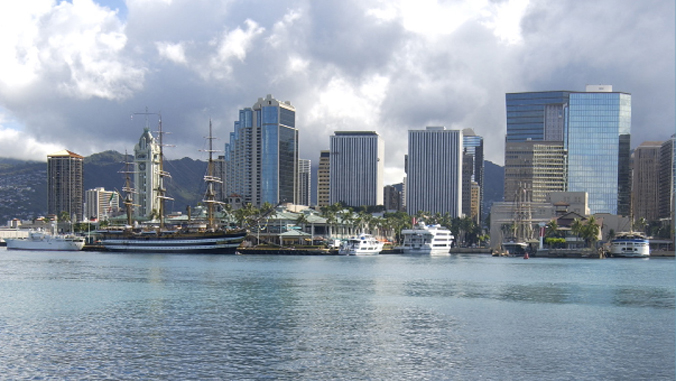
The newest University of Hawaiʻi Economic Research Organization (UHERO) report focuses on Hawaiʻi’s slowdown becoming more entrenched.
The past few months have brought more evidence of Hawaiʻi slowing. The number of visitor days remains below last year’s peak, with more worrying signs from falling visitor spending. Job growth has largely stalled and income gains have receded. At best this represents a new normal for Hawaiʻi.
Tourism is past its peak
International travel has been particularly weak, especially the number of visitors from emerging markets, which has been running about 7 percent lower than at this time last year. The U.S. market has been a bit stronger: the number of visitor days is up about 2 percent from last year.
Revisions reveal weak employment
As we anticipated, in March the U.S. Bureau of Labor Statistics revised last year’s payroll job gains downward substantially. The revision—from 1.6 percent growth to just 0.5 percent—confirms that net job creation in 2018 was only half as strong as in 2017.
Construction hangs in there
As observed in past reports, the construction industry has now settled on a plateau, with the number of jobs hovering near 36,000, about 2,400 jobs below the mid 2016 peak.
Hawaiʻi no longer a growth leader
Last year’s broad slowing of job growth took some pressure off super-tight labor markets, leading to a retreat of the unemployment rate from the record lows set at the end of 2017.
How much more slowing?
Slowing is not just a visitor industry story, but extends across much of the economy. Local demand has eased off the healthy pace the state saw during the recovery phase, and a dearth of population growth will impose structural limits going forward.
For the full public summary go to the University of Hawaiʻi Economic Research Organization website and for a detailed analysis, subscribe to UHERO’s Forecast Project.

